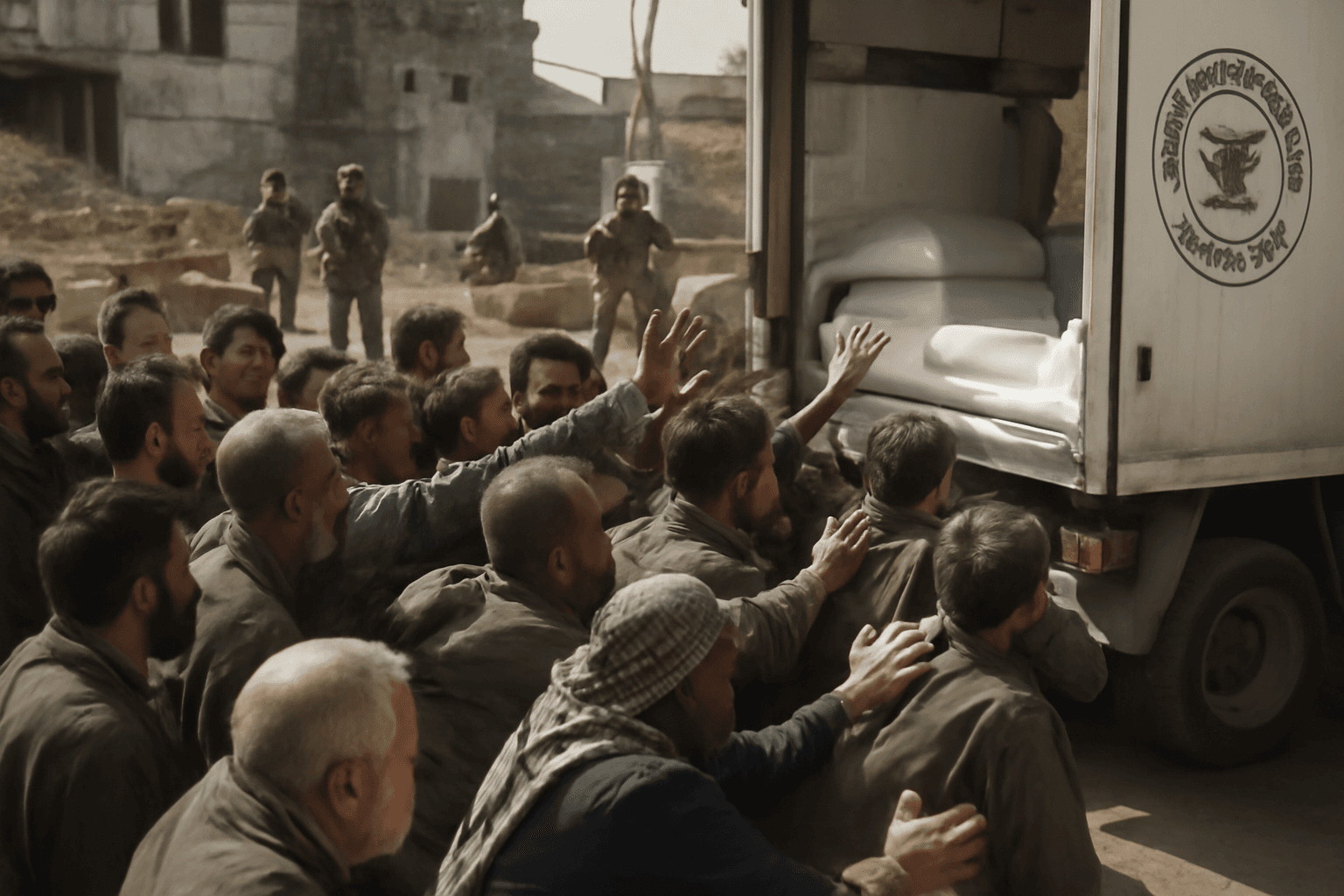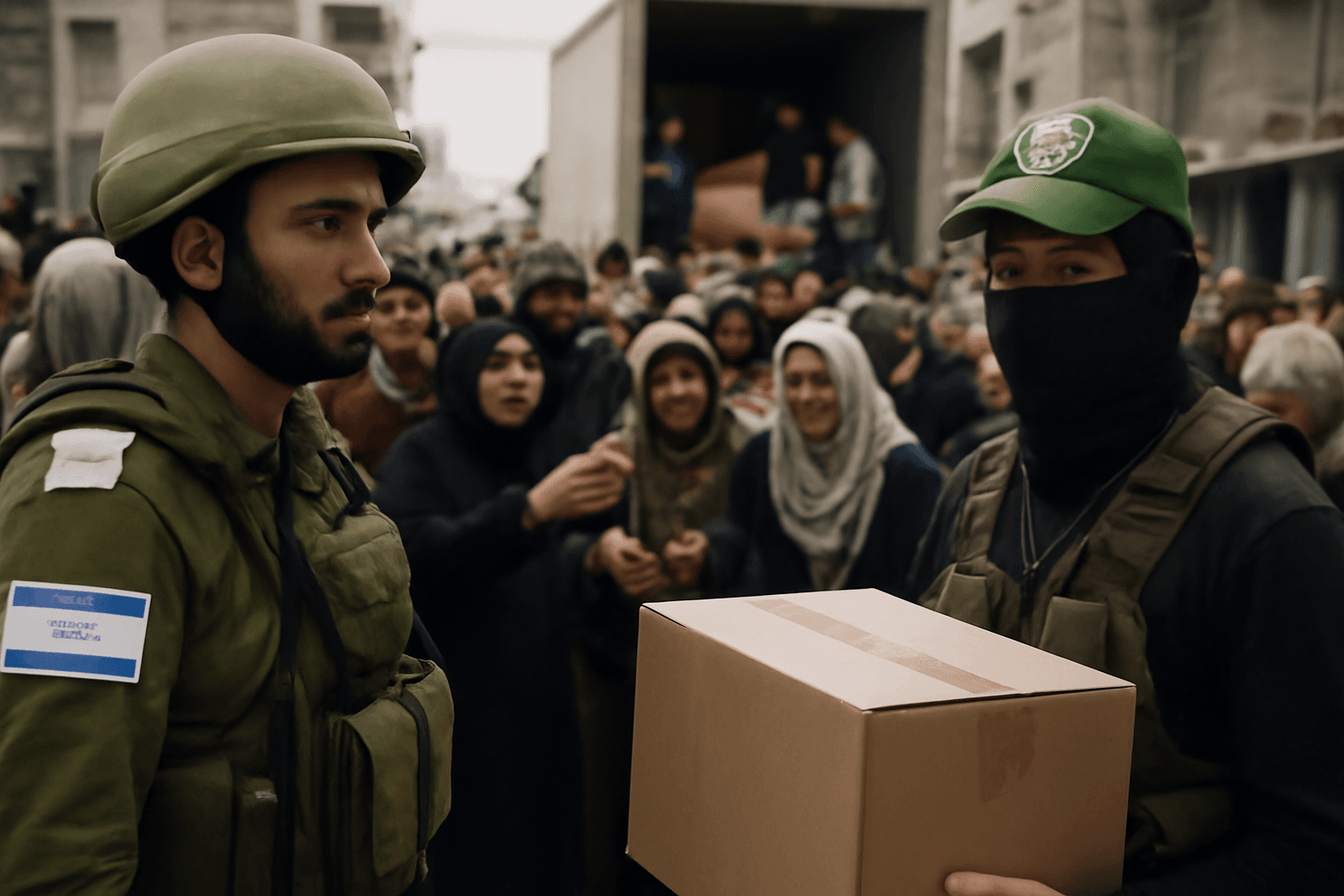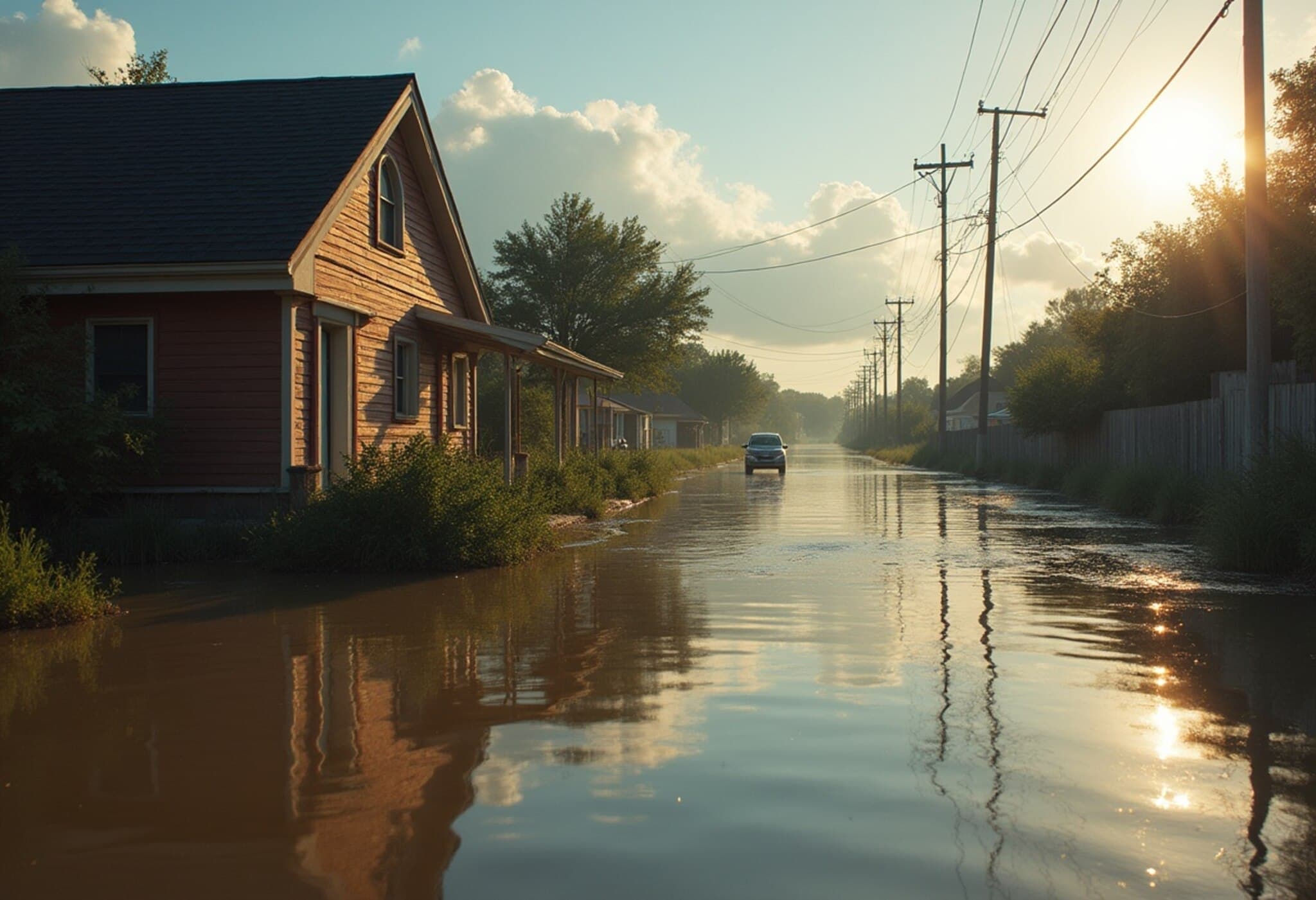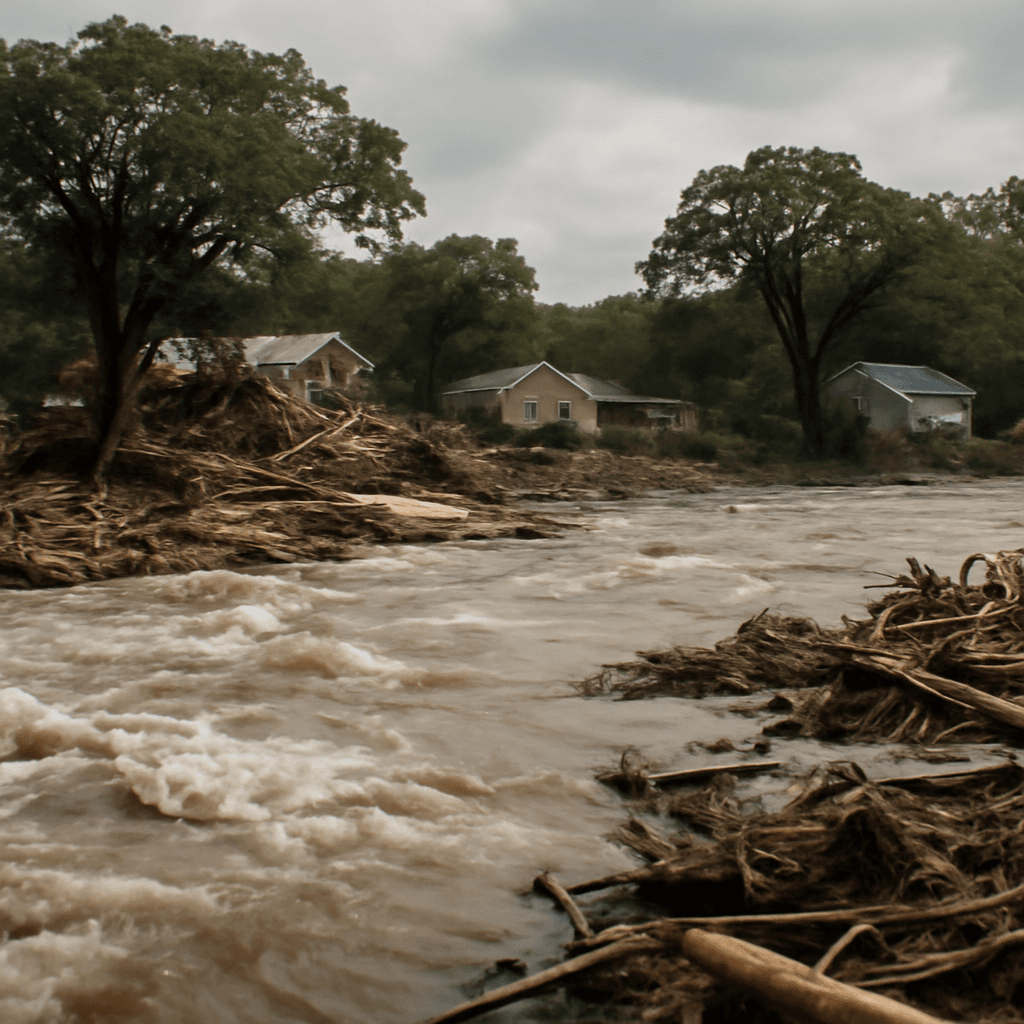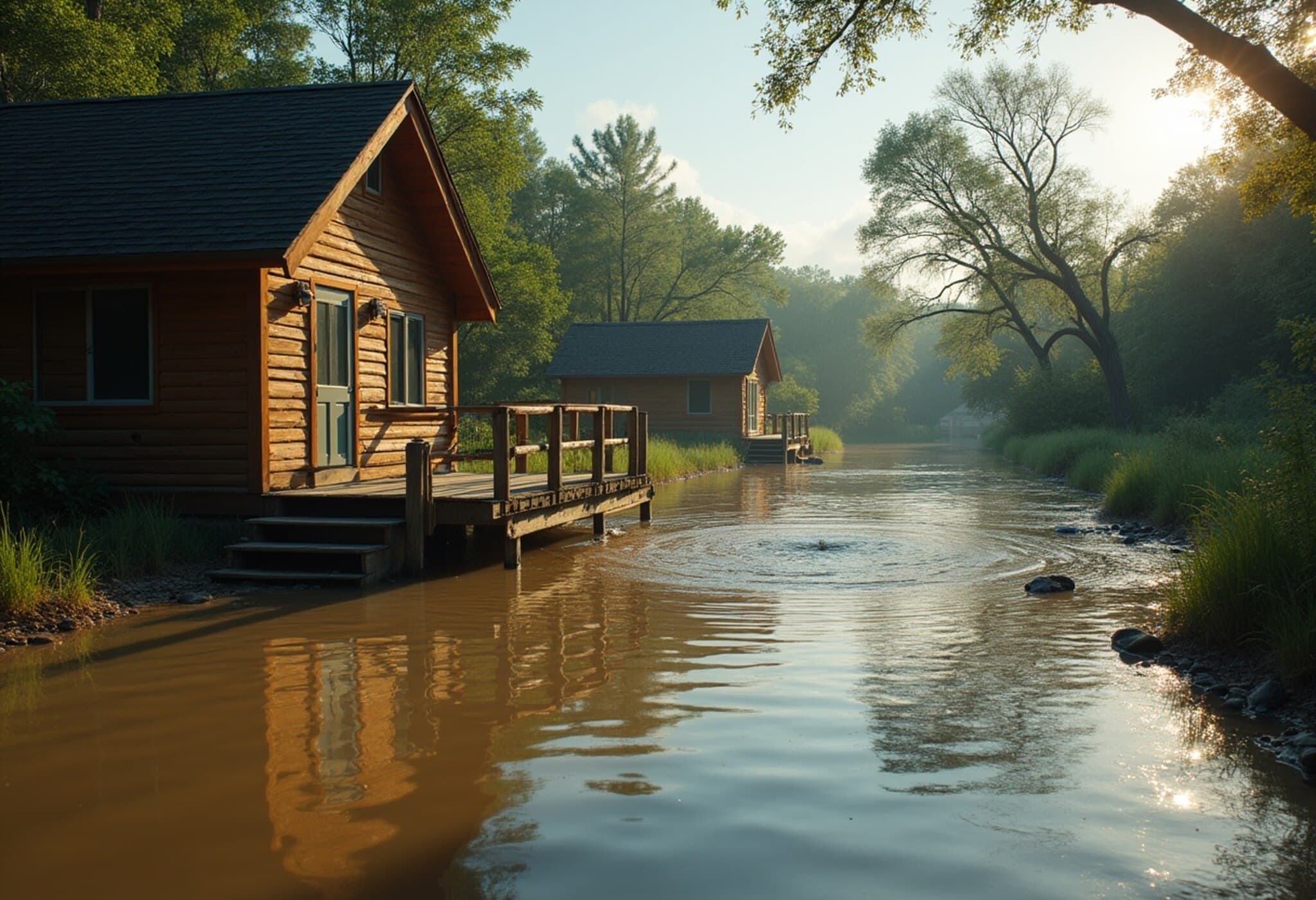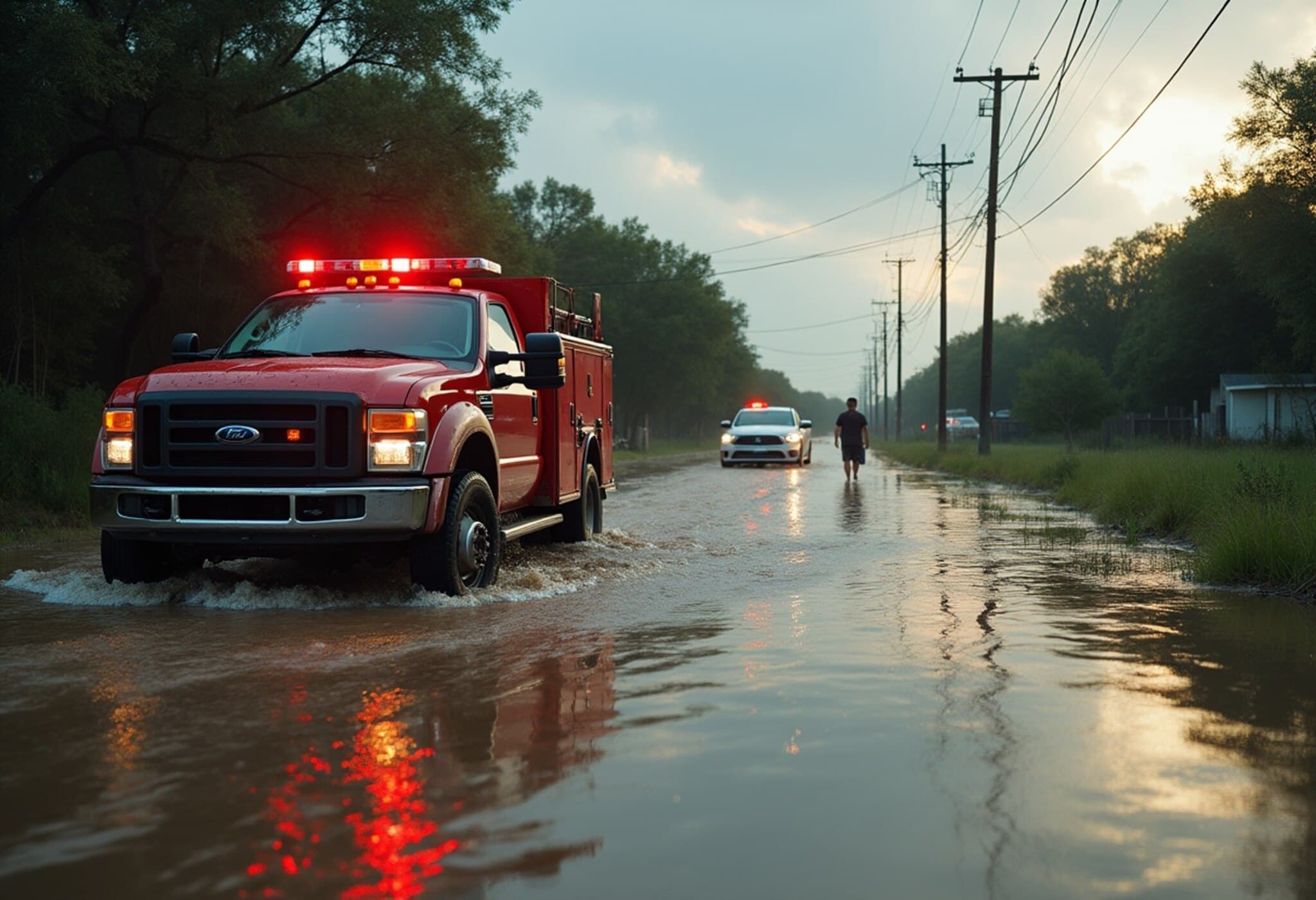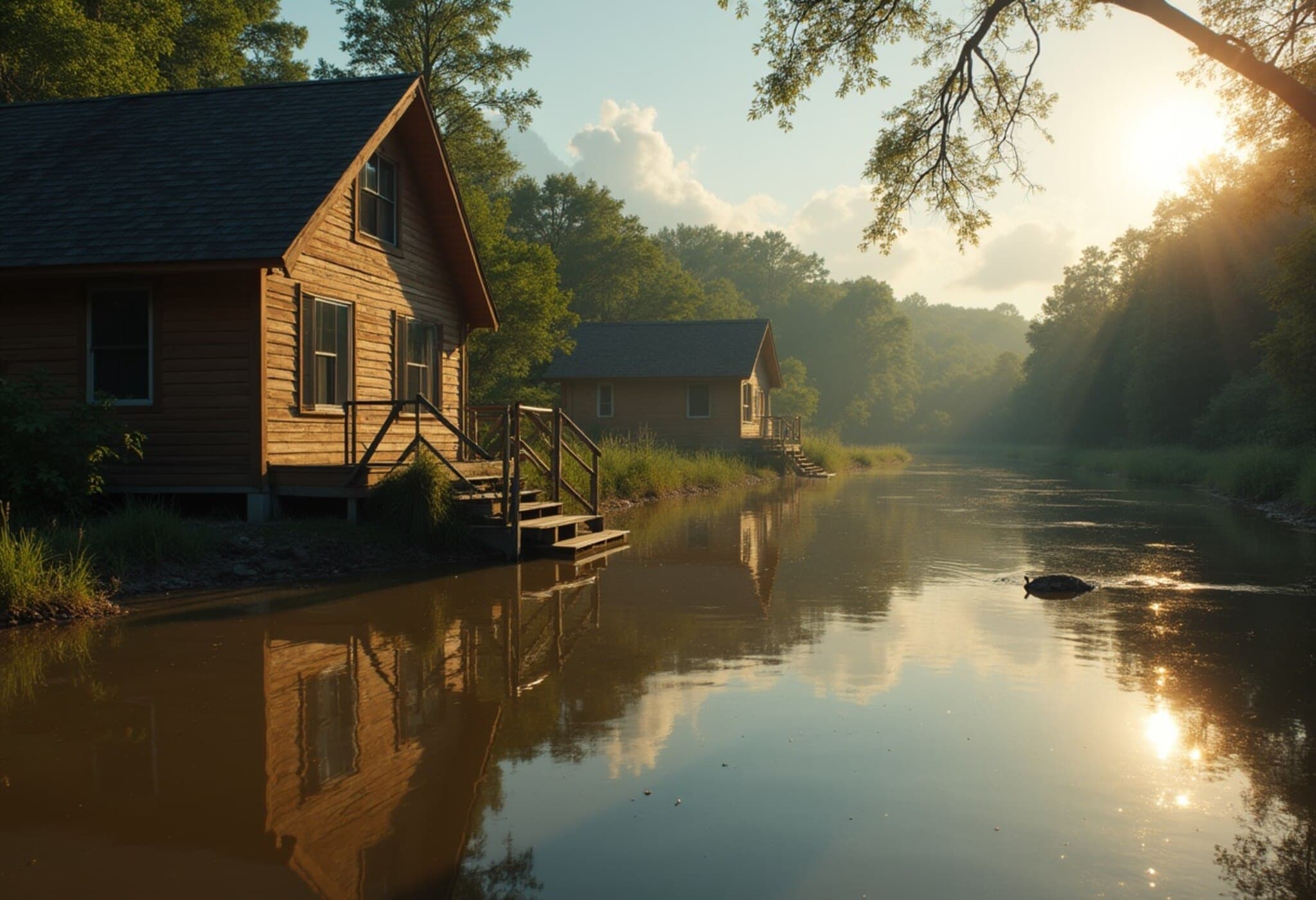Surviving the Storm: A Night at Camp Mystic
As the Texas Hill Country skies darkened on the night of July 3, 2025, Ainslie Bashara, a 19-year-old counselor at Camp Mystic, believed the looming thunderstorm was nothing more than typical summer heat lightning. Little did she know it would soon drown the peaceful camp in a devastating flood that claimed the lives of 27 campers and counselors.
A Familiar Place Turned Into a Battleground
Camp Mystic, a century-old Christian camp nestled along the Guadalupe River in Hunt, Texas, was more than a summer retreat for Ainslie—it was her cherished sanctuary. Having grown up with the camp’s traditions, she had been attending since she was seven years old, connecting with faith, friendship, and nature. This summer, she returned as a counselor to care for Giggle Box, a cabin filled with 16 young girls aged 8 to 10.
After a night off, Ainslie returned just past midnight to the thundering storm. The rain pierced sideways through the camp’s open windows, and soon water began pooling on the cabin floor, quickly rising.
In the Eye of the Flood
With nothing but a single headlamp — a gift from her father — Ainslie faced the raw force of floodwaters rushing through the camp. The current at the cabin door was waist-deep and unforgiving. Yet, amid the panic and rising water, she bravely stepped outside and escorted each terrified child, one by one, through the torrent to safety at a nearby pavilion, nearly 30 meters away.
- Water levels surged unexpectedly fast, carrying debris and foul odors.
- The girls clung tightly to Ainslie, whispering prayers and seeking comfort.
- The counselors coordinated evacuation efforts despite losing power and communication.
Faith Tested, Courage Revealed
Throughout the harrowing ordeal, faith and hope became lifelines. Ainslie and her fellow counselors recited prayers, clinging not only to each other but also to the spiritual roots that Camp Mystic instilled in them. Earlier that day, they had performed a skit inspired by biblical stories of overcoming storms—a poignant metaphor as they faced nature’s fury firsthand.
Yet not all would survive. The loss of young lives, including that of counselor Chloe Childress, cast a heavy pall over the community.
The Aftermath: Grief, Resilience, and Reflection
By dawn, as the floodwaters receded, survivors gathered muddy and exhausted at the recreation hall. The stark reality of the disaster set in as names were counted and missing campers searched for. Ainslie wept for those lost, wrestled with grief and anger, but expressed no blame toward the camp or its leaders, recognizing that the unprecedented scale and speed of the flood defied any standard precautions.
Military helicopters evacuated survivors to safety, but the trauma lingered. The resilience of these young counselors, none older than 19, stood as a testimony to bravery and leadership in the face of catastrophe.
Broader Implications: Climate Risks and Camp Safety
The tragedy at Camp Mystic raises critical questions about preparedness in the face of increasing extreme weather events, particularly in vulnerable regions like the Texas Hill Country. Experts have noted that flash floods—the deadliest type of weather event in the U.S.—are intensifying due to climate change, necessitating stricter safety protocols for camps and outdoor venues nationwide.
Policy analysts advocate for:
- Enhanced early-warning systems and real-time flood monitoring.
- Mandatory evacuation drills and updated emergency training for camp staff.
- Infrastructure assessments to locate and possibly relocate high-risk facilities away from flood-prone riverbanks.
- Increased federal and state support for local emergency response capabilities.
For families and communities, the Camp Mystic disaster underscores the delicate balance between cherished traditions and evolving environmental realities.
Editor’s Note
The harrowing experience of Ainslie Bashara and the young campers at Camp Mystic offers a sobering reflection on human vulnerability and strength. It highlights the urgent need to reconcile the spirit of community and faith with proactive, science-informed safety measures. As climate-driven extreme weather grows more frequent, institutions rooted in history must adapt rapidly to safeguard their most precious participants—our children. What lessons will be drawn from Camp Mystic, and how will they reshape youth camp safety across America?


